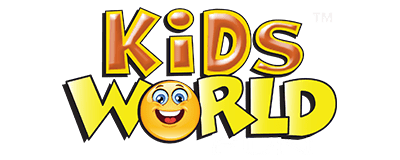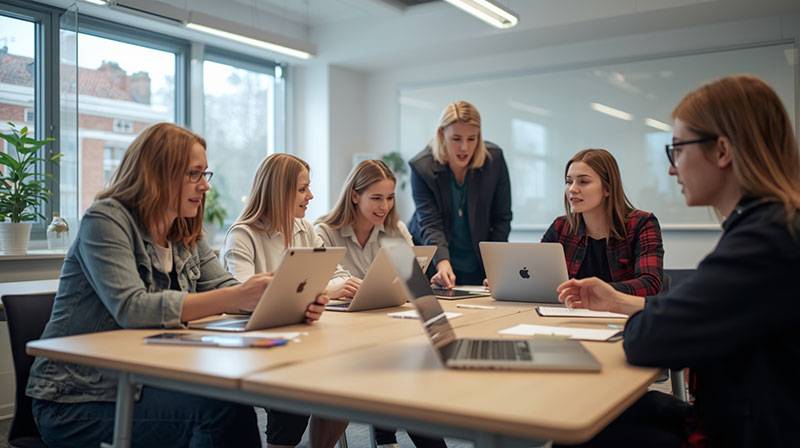Itai Liptz: Rethinking Education for a Changing World
Education has always been more than a transfer of facts. It influences how people grow, the choices they make, and the kind of communities they help build. Although many picture it as classrooms filled with children, learning stretches far past school walls and continues long after diplomas are handed out.
The form education takes has never been fixed. Methods evolve as societies change and as new tools reshape how knowledge is shared. What once depended on spoken instruction now includes online courses, mobile devices, and lessons that reach across continents. As Education professional Itai Liptz puts it, “Education is not only about preparing people for jobs but about giving them the ability to adapt to a world that never stops changing.”
Looking closely at education today means asking where it came from, how it functions under pressure, and how it might adapt to challenges still ahead.
How Education Has Been Shaped by Society
For much of history, education was personal and local. Skills were passed down directly: farmers taught their children to plant, builders guided apprentices, elders told stories that preserved traditions. Learning was inseparable from daily life.
As communities grew larger and more complex, this kind of direct transfer no longer covered every need. Schools formed to provide a shared foundation of literacy, numeracy, and cultural knowledge. They served governments and religious institutions as much as families.
Public education systems eventually took shape, turning what had once been an option for the few into a common expectation. Schooling became part of citizenship, preparing individuals not only for work but also for participation in society.
What Education Means Today
Modern education carries responsibilities that stretch beyond teaching academic subjects. Parents and communities expect schools to prepare students for careers, but also to develop judgment, communication skills, and the ability to work with others. That range of expectations can feel overwhelming.
“In many places, schools act as social hubs as well as learning centers,” says Liptz. “They provide meals, counseling, and activities that support growth outside of textbooks. This broad role reflects how deeply education is tied to social stability.”
The meaning of being “educated” is also shifting. Instead of being seen as a stage in early life, learning is viewed as continuous. In fact, about 73% of U.S. adults consider themselves lifelong learners, which shows how strongly people connect education to ongoing personal and professional growth. The idea of education now suggests a process that extends across a lifetime rather than a single phase.
Pressures and Contradictions in Modern Schooling
No discussion of education is complete without addressing the strain placed on teachers and institutions. The drive for measurable outcomes pushes schools to focus heavily on tests, while communities often call for more creativity and problem-solving. Those two goals rarely align neatly.
“Teachers find themselves caught between strict requirements and the diverse needs of their students,” says Liptz.
Lesson planning, grading, mentoring, and administrative work pile up, leaving little space for experimentation. Not surprisingly, about 44% of K–12 teachers report feeling burned out often or always, highlighting how heavy the load has become for those at the center of education.
Differences in access also shape outcomes. The quality of a child’s education can depend on where they live, what their family can provide, or what resources are available in their community. These differences raise questions about how fairly education is distributed.
Debates about curriculum further complicate the picture. Disagreements over how subjects like history or science should be taught pull education into cultural and political conflict. Schools are asked to carry out not only academic missions but also the work of mediating public disputes.
Technology: Disruption or Opportunity?
Digital tools have changed the possibilities of learning. A student can now access lessons without ever setting foot in a classroom, and teachers can mix online resources with face-to-face discussion. These shifts have broadened what education can look like, but they also bring new uncertainties.
Supporters of technology highlight personalization. Adaptive platforms adjust pacing and content based on individual progress. But education is not only about information delivery—it is also about relationships. The risk is that too much reliance on screens may weaken the human bonds that make learning meaningful.
Access is another issue. Nearly 96% of high school students report having a smartphone at home, and 87% have access to a laptop. Yet having devices does not automatically mean equal opportunities for learning. Reliable internet, quiet study spaces, and updated software still vary widely, leaving gaps in how technology supports education.
The role of technology remains unsettled. It can serve as a supplement that strengthens education or as a crutch that creates dependency. How it is used matters more than the tools themselves.
Itai Liptz: Lifelong and Informal Learning
The expectation that learning ends with graduation is fading. Adults return to structured education to change careers, adapt to new industries, or pursue personal growth. This cycle reflects how quickly skills can become outdated.
Shorter programs, targeted workshops, and certifications offer ways for people to update their knowledge without committing to long academic paths. These options give flexibility to those who need fast, focused training.
Learning also happens outside of institutions. Communities, workplaces, and online spaces create opportunities to share and absorb knowledge informally. A person might gain practical skills from a colleague, learn a new approach from a peer group, or expand understanding through online forums.
Acknowledging these different forms of learning changes how society values knowledge. Formal credentials still carry weight, but the idea of education is no longer limited to official institutions.
Looking Ahead: Education in 2050
If current trends continue, education may become more modular and customizable. Instead of following a single fixed track, learners could piece together their own set of experiences from different providers. This flexibility could make education more responsive to individual goals.
Personalized systems are likely to grow more advanced, with lessons tailored to each student’s pace and style. Yet these tools raise questions: Who sets the standards? How is data used? And how much autonomy should algorithms have in shaping learning?
Global connectivity will continue to link people across borders. This can expand collaboration and give learners access to perspectives outside their own communities. But it also risks overshadowing local priorities if international systems dominate.
The deeper challenge is deciding what education should emphasize. Should schools prioritize teaching fixed knowledge or focus on building the capacity to adapt? The answer will guide how future generations prepare for an unpredictable world.
Looking Ahead
Education reflects the needs and choices of the societies that build it. From early apprenticeship to mass schooling and now digital classrooms, its form changes while its purpose endures: helping people acquire the tools to live, work, and contribute.
The pressures are significant. Teachers balance heavy demands, inequalities persist, and technology introduces both solutions and complications. Yet education remains one of the most reliable ways to expand opportunity and strengthen communities.
The direction it takes next will not be set by technology alone. It will depend on decisions about fairness, inclusion, and the value placed on human connection in learning. Those choices will shape whether education fulfills its role as a shared foundation for the future.

